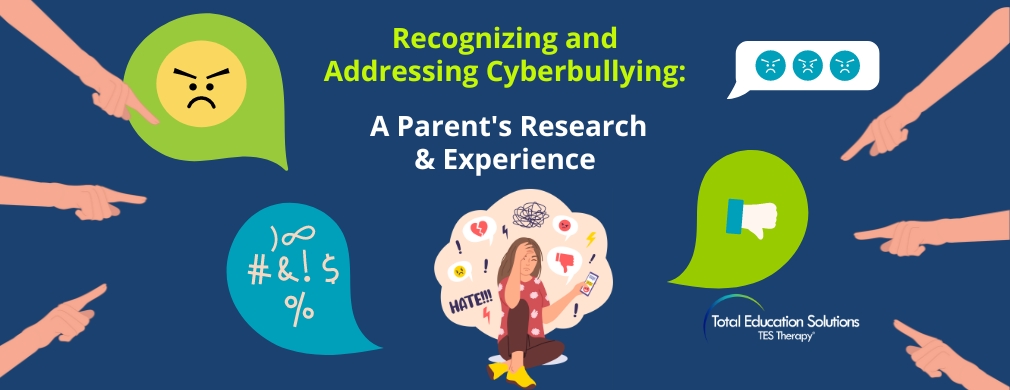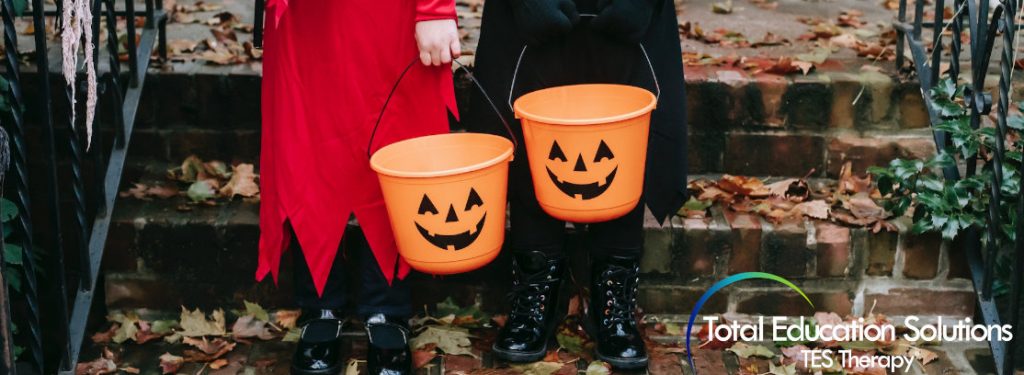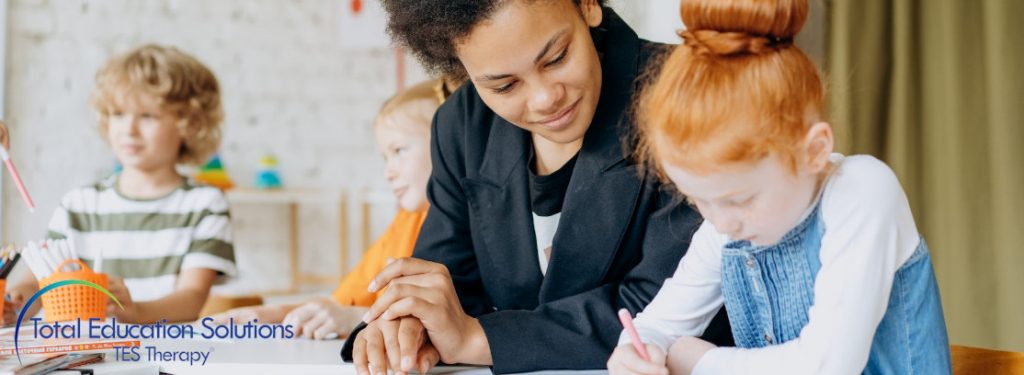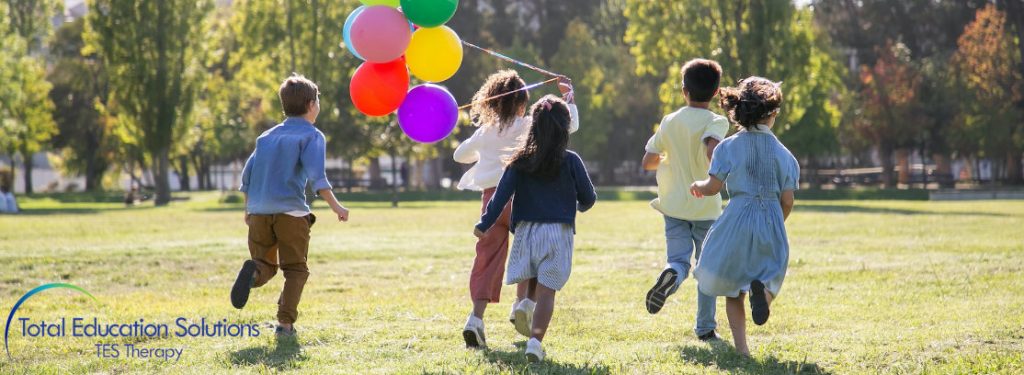Social work is a crucial but demanding job, so social workers have to be passionate about what they do and genuinely care about the children and people they help.
School social workers are often the last line of defense for problematic students between an average, successful education and placement in at-risk programs.
Social workers are the most qualified, trained, and willing professionals to support students who act out, don’t fit in, or have problems at home and need extra help.
Let’s explore what social workers do, what they can do to help your student, and get a top-level view of what services they offer and how they work!
Understanding Social Work Services in Schools: A Comprehensive Overview
Social workers wear a lot of hats and balance a lot of different responsibilities. So, what exactly does a school social worker do? Their role is to create systematic school social work intervention strategies appropriate to the classroom’s or individual student’s needs, communicate them to teachers, family, and school administrators, evaluate them for success, and adjust when necessary.
Social workers work with students individually and in groups, building relationships with students and looking for problem areas where their intervention services will be most effective.
School Social Worker Services
Some of the ways social workers can serve students and classrooms include:
- Assessment and screening: Getting to know the students and taking time to understand their needs
- Individual and group counseling: Building relationships with the students in both one-on-one and group settings and creating a safe space for them
- Crisis intervention and group counseling: Acting swiftly and immediately if a student is at-risk or being subjected to violence, bullying, etc.
- Family support: Interviewing the family, and soliciting their support in helping their child adapt to a school setting
- Advocacy and classroom instruction: Representing the students, their teachers, and their families to the community and school administration
Social Worker Requirements and Qualifications
Social workers interact with and support some of the most vulnerable students in the school system. As such, they go through years of rigorous education and training to prepare themselves. Some of the qualifications social workers have include:
- Bachelor’s degree in Social Work (BSW)
- Pursue a Masters’s Degree in Social Work (MSW)
- Complete fieldwork requirements (typically at least 900 hours)
- Complete the Association of Social Work Boards Licensing examination (ASWB)
- State Work Licensure (SWL)
The Role of a Social Worker in a School Setting
Some of the primary school social work activities and intervention methods a social worker might engage in might include:
- Teaching Classroom Rules: Guiding the student through expectations and routines in a classroom setting
- Positive Classroom Discipline: Making clear consequences for breaking the classroom rules
- Teaching Classroom Routines: Overseeing structure and consistency in the classroom
- Classroom Meetings: Organizing meetings to assess the progress and the success of the intervention plan
- Home-School Communication: Opening channels of communication between teachers and students and their parents
Multi-Tiered System of Support
Many school social workers use a layered framework known as a multi-tiered support system (MTSS). The MTSS provides a comprehensive social worker intervention plan so that social workers can give targeted support to the students, classrooms, and communities that need it.
School district social work MTSS plans have three or four tiers that narrow in scope the further they go, from the individual student to the community where the student goes to school.
Tier 1: Universal Intervention – The Entire Class
The first tier of an MTSS system includes all the students in every school setting. The school monitors students’ progress as a whole, system-wide, to assess their issues and needs.
Tier 2: Short-term Intervention – Small Group Settings
Struggling or problematic students are identified and put into small-group instruction. This allows social workers to respond rapidly to crises or act quickly to assess and correct student behavior.
Tier 3: Intensive Support – Individualized Sessions
At this tier, the social worker works alongside a single student one-on-one. This tier is mainly reserved for at-risk students or students with the most difficulty adjusting. Social work and counseling at this tier often involve psychological assessments and individual treatment plans.
5 Models of Social Work Methods and Intervention Strategies
The types of intervention strategies in social work involve a broad range of methods, from one-on-one interventions with individuals to the systemic causes of problems like child neglect and poverty. All levels of intervention in social work require a nuanced approach that takes time to understand the issues and then more time to enact a solution.
Social Casework
Social casework is the most individualized and personal approach to social work intervention, and it’s the one that most people typically think of when they envision the day-to-day life of a social worker.
This level deals with individual student problems through personal, one-to-one relationships. The social worker assesses the situation and determines what kind of support the student needs and how to get it to them.
Do they have a learning disability? Do they have a safe and stable home environment? Are they making healthy friendships at school? Are they being bullied?
The social worker guides the student through their school interactions and helps them to adapt to a classroom environment.
School Group Work
In the next step up, social workers work with students in groups. No student is an island, and a lot of what students learn about how the world works and about their place in it comes from the experiences and bonds they share with others. Working in a group setting can help facilitate healthy interactions.
Working together in groups enables students to relate to each other and creates opportunities for personal growth. The social worker uses this intervention strategy as a tool for the group’s collective development.
Community Organization
Community organization, also known as macro practice, expands the scope of social work beyond a school setting and looks at the needs of the community as a whole. This strategy looks at organizing human and material resources and allocating them to the people, families, and spaces that need them most.
It also involves identifying problem areas impacting the performance and development of at-risk students at school.
Auxiliary Methods of Social Work
Here we come to the more abstract forms of social work that go beyond individual counseling or community organizing and deal more with higher-level strategy, planning, and research.
Social Welfare Administration
School social work activities in administration examine how social welfare programs impact school social work activities, develop programs and recruit the right personnel to make welfare programs run more efficiently. At the administrative level, school social workers direct and organize public agencies and ensure they work in the best interests of students.
Social Work Research
Social work research investigates the root causes of issues like child delinquency, child poverty, and systemic racism and seeks solutions. Social work research is primarily rooted in sociology, psychology, and anthropology.
Social Action
With this method, social workers go beyond theory and deal with community organizing and direct action tactics to ensure that people in public office are aware of existing student problems and take meaningful steps to make things better for them. They also pressure legislatures to allocate more public funds to school systems.
Types of Therapy Offered by School Social Workers
Social workers are trained in a broad range of skills and types of intervention strategies so they can get to know your student, identify what challenges they have, and what education solutions would be best for their needs.
Cognitive Behavioral Therapy (CBT)
Cognitive Behavioral Therapy is a kind of therapy used for students with mental health issues such as anxiety and depression or those recovering from trauma.
In CBT sessions, the social worker identifies destructive and problematic behaviors that the student is dealing with and then works with the student to reframe and rewire them. They create alternative behaviors and ways of thinking to replace negative thought patterns.
Crisis Intervention
There are times when a student might be in more immediate danger of being homeless or severely hurt or killed – such as if they have an abusive parent or an unstable home environment. They might be malnourished or may be experiencing thoughts of self-harm and suicide.
In instances like these, a more immediate crisis intervention might be necessary. The social worker will give the student a psychological assessment, identify the most urgent issues, and create a safety plan.
Narrative Therapy
We all get stuck inside our heads sometimes – trapped in the same self-defeating stories that cause us to have a distorted sense of ourselves. “I’m not good enough,” “It’ll never work,” “I’m not smart or talented or funny,” etc. And more often than not, these narratives are false and keep us from reaching our true potential.
That’s what narrative therapy is for. Here, the social worker will help the student change how they talk about themselves or view themselves and see their life story for what it is – something that’s fluid and ever-changing.
Narrative therapy helps the student realize that they are not their problems and take them outside their situation to give them a perspective that helps them see how they’re in control of their own life story.
Solution-Focused Therapy
This strategy is a much more results-oriented approach. The social worker identifies the most immediate or high-impact problem a student has (e.g., struggling with math), then makes a solution based on that individual student’s key strengths. The social worker will also change the student’s actions in certain situations to help bring about the desired outcome (e.g., higher grades in math and STEM classes).
Social Work Makes the Dream Work
School social workers can provide essential services and intervention strategies from the community level down to the individual students themselves. Through their counseling and guidance, students that might otherwise fall through the cracks, get mixed up with the wrong people, or otherwise not get the chance they deserve can have the support they need to be thriving through high school and beyond.
Total Education Solutions offers school social worker services that help students connect to their teachers, peers, and community. Contact us today, and let us help your student be the best they can be!


 17 Jan 2023
17 Jan 2023 







